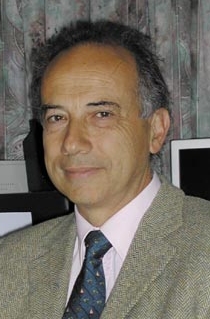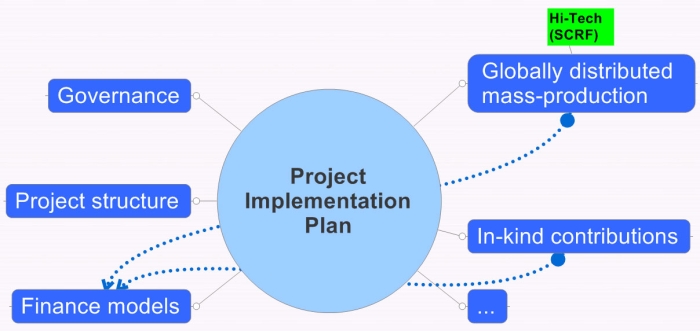Director's Corner
21 August 2008
 Barry Barish |
FALC meets in Rome
The Funding Agencies for Large Colliders held their semi-annual meeting in Rome at INFN headquarters on 14 July 2008. The meeting was notable in that it marked the FALC release of their first annual report and the appointment of a new chairperson, Pierre Coulombe. The meeting agenda included presentations by Robert Aymar on plans at CERN for a major upgrade to the Large Hadron Collider during the next decade and a report by Jean-Pierre Delahaye on the R&D programme towards a multi-TeV two-beam Compact Linear Collider Study (CLIC). I presented our recently released R&D plan outlining the Global Design Effort plans over the next few years, which was well received, including a rather engaging discussion of our plans to develop a project implementation plan.
At the July meeting, FALC formally chose Pierre Coulombe to be the next chairman. He will assume the position at FALC's next meeting, tentatively scheduled to be held on 19 January 2009 in Madrid. Pierre Coulombe has served as President of the National Research Council (NRC) of Canada since January 2005. Coulombe brings a broad perspective to FALC, having worked as a private industry executive, a consultant, a professor of medicine and a senior official for the Québec government prior to assuming his NRC post. Though not a high-energy physicist, Pierre Coulombe is a supporter of large international projects, and with his broad credentials he will be an effective spokesman for FALC.
Roberto Petronzio, President of INFN (Italy's Istituto Nazionale di Fisica Nucleare), became chair of FALC three years ago. During his tenure, he enlarged the mandate of FALC to include large collider projects more generally and the name of FALC was changed from 'Funding Agencies for the Linear Collider' to 'Funding Agencies for Large Colliders', keeping the same acronym, FALC. The mandate still focuses on a linear collider as the globally endorsed next large collider, but within the context of plans for large projects in particle physics regionally and globally. Clearly, any realistic plan for a large-scale global linear collider project must be considered within that context, including time scales and regional funding commitments.
FALC is not a formal organisation and as such has no official authority. However, it represents a group of well informed government officials for international projects and plans in particle physics with accelerators. The publication of an annual report by FALC is meant to share the joint knowledge of this group with policy makers in different countries. The recently released first annual report reviews the status and plans for major accelerator projects worldwide with special emphasis on the ILC.
Regarding the ILC, they state, "The availability of first results from the LHC are expected to show if the ILC is the correct route for a future linear collider or whether a higher energy reach, as could be obtained with CLIC, is required. The need to reach international agreements on siting and construction, and the current availability of R&D funds all suggest the potential of a construction decision for the ILC near the middle of the next decade."
At the recent meeting of FALC, they showed particular interest in our plans to develop a "Project Implementation Plan." As we develop our design for the ILC over the coming few years, much of our technical oversight will come from the International Linear Collider Steering Committee and their newly appointed Project Advisory Committee. I anticipate that FALC will similarly provide guidance for our implementation plan, which will involve many policy issues regarding how to share such a large international project.
-- Barry Barish


